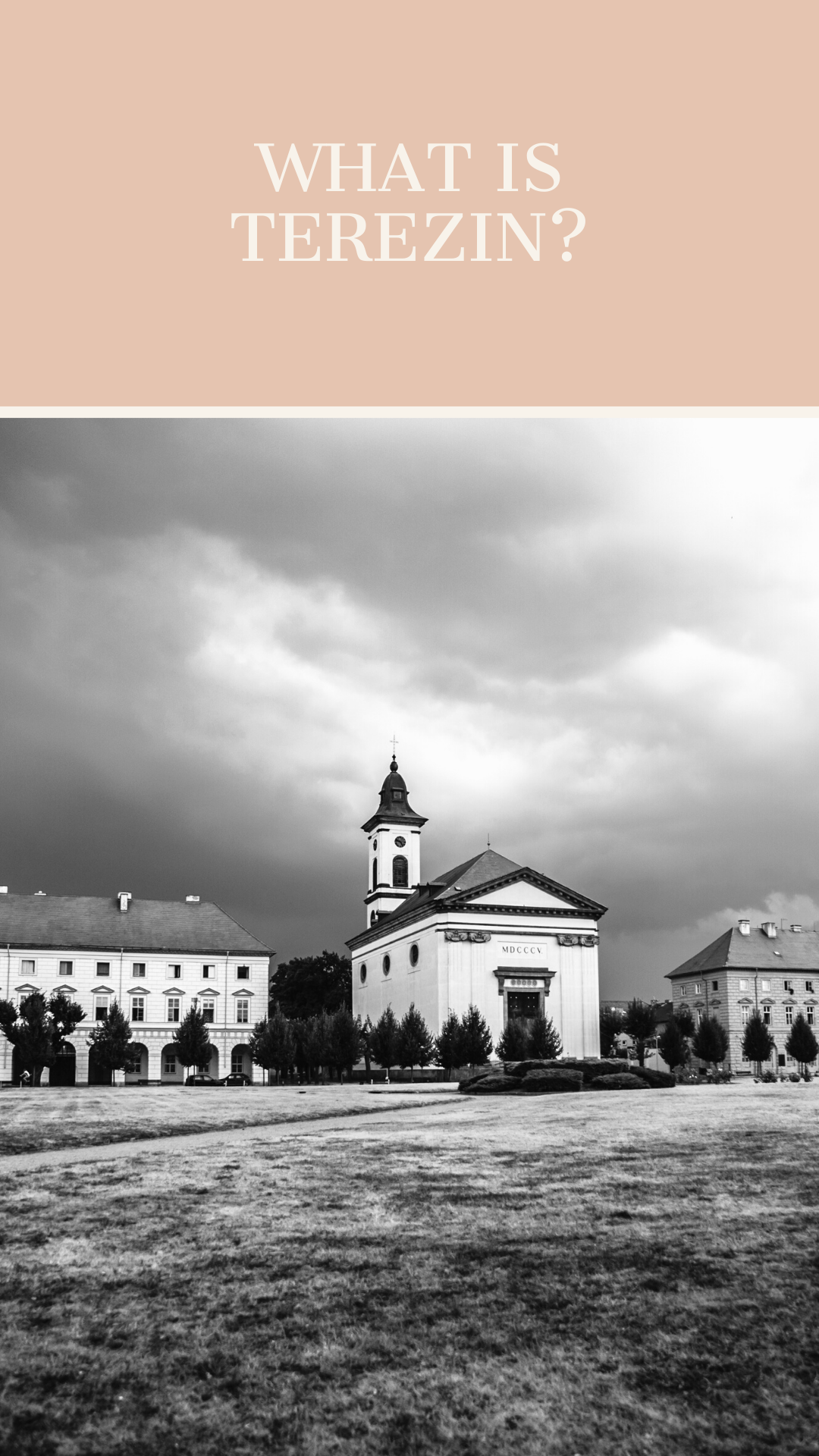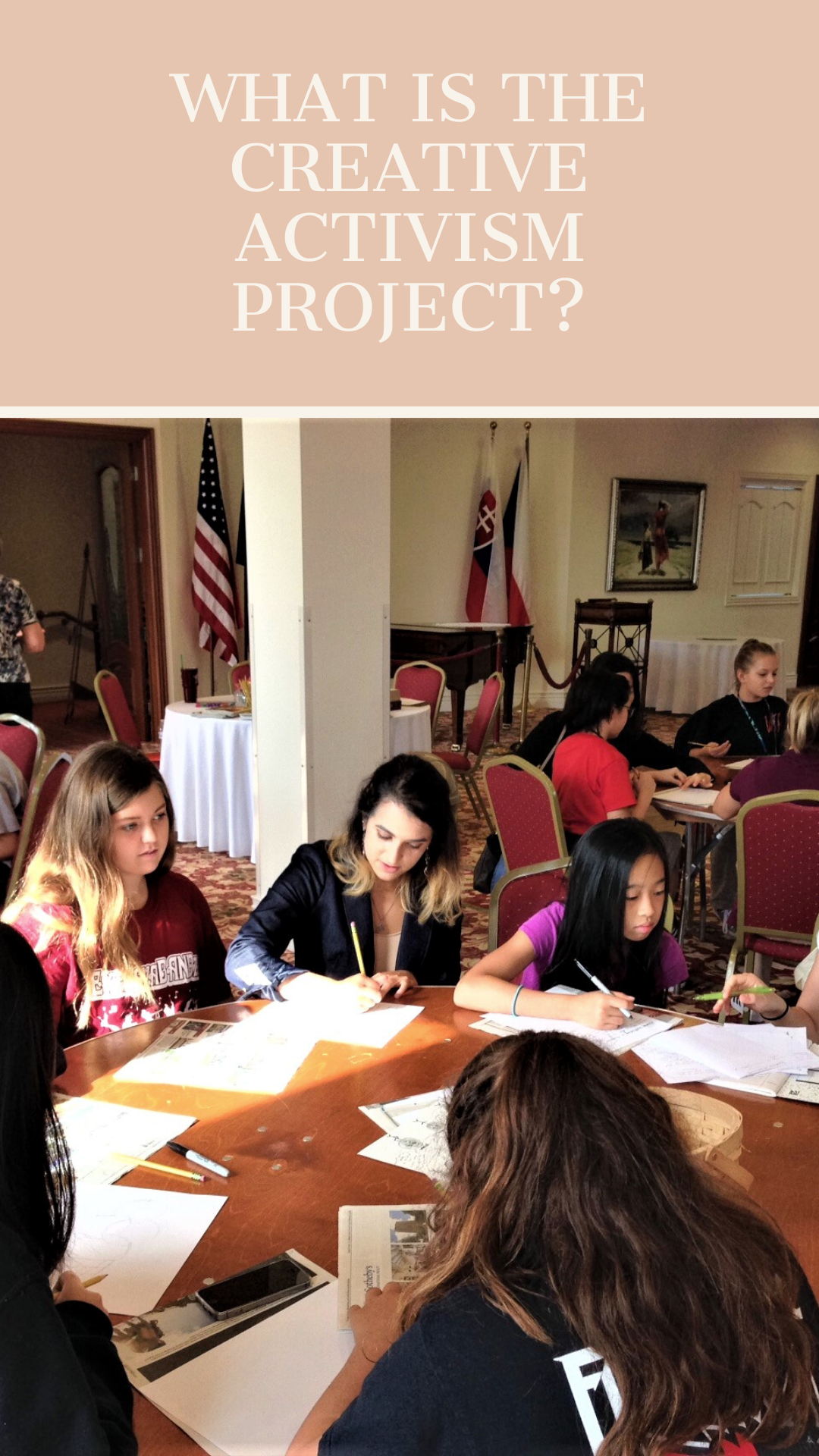What is Terezin?
Terezín, also known as Theresienstadt, was a former military fortress, constructed on October 10, 1780, in West Bohemia. In this fortress town, the SS established a concentration camp and ghetto, which existed for three and a half years, between November 24, 1941, and May 9, 1945. During its existence, Theresienstadt served three purposes:
As a transit camp to Auschwitz and other extermination, concentration, and forced-labor camps in German-occupied Poland, Belorussia, and the Baltic States.
As a ghetto-labor camp. The SS deported and then incarcerated Jews from Germany, Austria, the Czech lands, and western Europe.
As a holding pen for Jews. It was expected that the poor conditions would accelerate many deportees' deaths until the SS and police could deport the survivors to killing centers in the East.
Today, it serves as a memorial that was created on the initiative of the newly formed Czechoslovak government in 1947. The Terezín Memorial consists of several historic sites from the years 1940 – 1945, including The Small Fortress, The Ghetto Museum, The Jewish Prayer Room, The former Magdeburg Barracks as well as multiple memorials, cemeteries, and reconstruction of the so-called garret (temporary housing facility of the Terezín Ghetto prisoners).
The Czech Center Museum Houston aims through its Creative Activism Project and Surviving Through Art exhibit to inspire and teach empathy. The Surviving Through Art exhibit visualizes the severe living conditions of the children, gives historical context, and discusses the many ways how art was lived and used as therapy in these horrific times.
We invite you to learn about history through art and reflect on what it means for us today.
We thank Rick Steve’s Europe, INC. for supporting this project.




